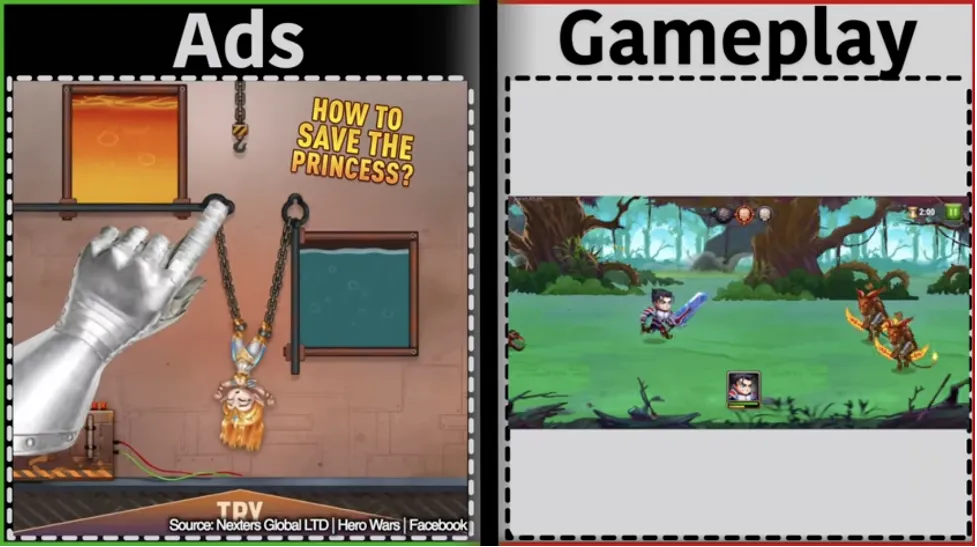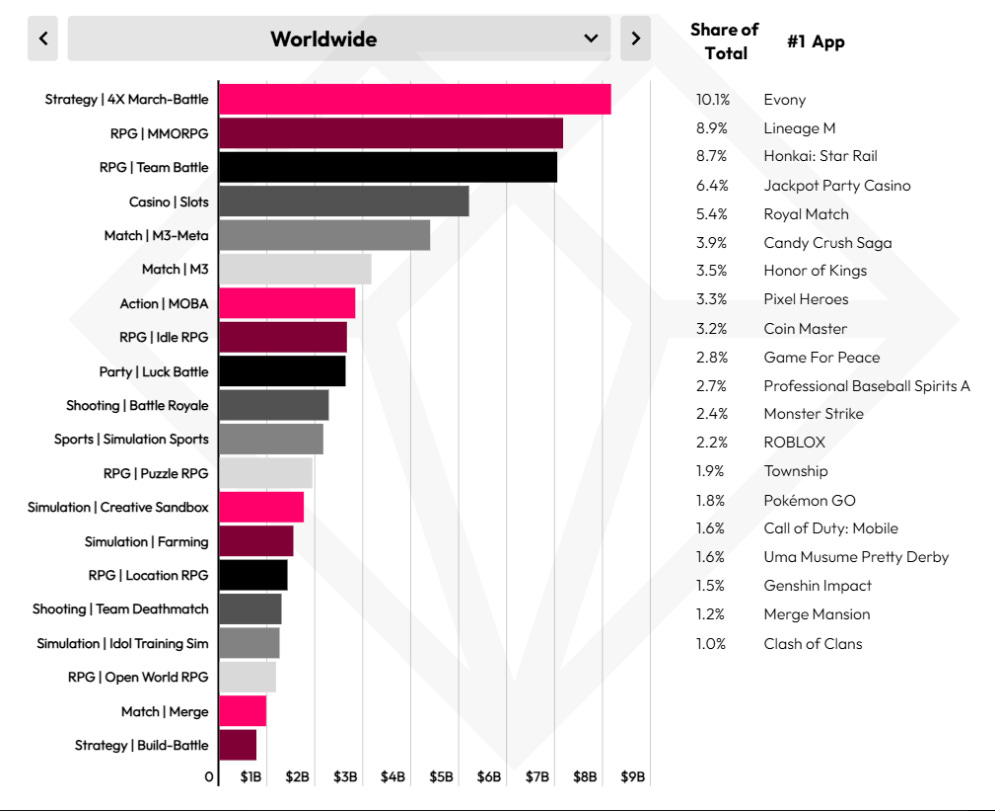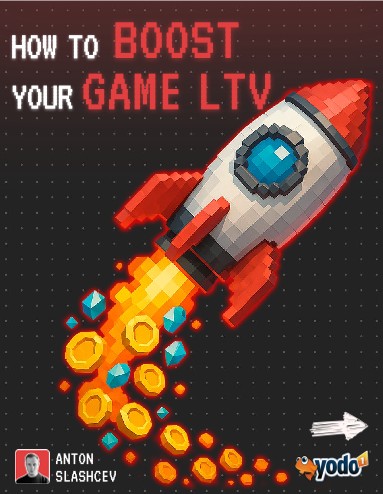
Midcore Made You Click (And Lied About It)
AnalysisJournal 69 George Tsomaev April 23

Let’s be honest:
Midcore games didn’t just define the genre.
They defined the art of misleading ads.
Remember this?
-
A hero climbing a deadly tower… (not in the game)
-
Epic boss fights with 5-button combos… (not in the game)
-
A full-on dungeon crawler? Nope. Just a turn-based RPG under the hood.


And the wild part?
It worked. For years.
Because showing the actual game was either:
1. Too complex
2. Too boring
3. Or just too mid
So they did what marketers do best:
They sold the fantasy. Not the product.
—
🧠 The “Promise” Era
The golden era of fake ads wasn’t about fraud.
It was about emotion-first targeting.

UA teams optimized for:
-
curiosity
-
frustration
-
problem-solving instinct
Not clarity.
It was smart — until it broke.
Now, everyone’s seen the traps.
Everyone’s watched tower puzzles turn into turn-based tutorials.
Even Midcore Mike — our king of ARPPU — is rolling his eyes.

“I just want to play the thing I clicked on.”
— every modern UA report ever
—
📉 So Where Did Fake Go?
It didn’t die.
It just moved sideways — into casual and puzzle games.

Why?
Because those genres don’t have the same complexity mismatch.
And midcore?
Well, they had a choice:
-
🅰️ Keep lying, and lose retention
-
🅱️ Get boring, and lose CTR
-
🆕 Or: evolve
—
🚀 The Hybrid Funnel (Asia Cracked It)
Publishers like RiverGame, Top Games Inc., and others are now doing something smarter.
They build the ad first.
Then build the FTUE around the ad.

✨ Clickbait creative → onboarding that looks similar → slow pivot into core game
They’re matching the promise long enough to capture interest —
and then earning performance by gradually revealing the real gameplay.
It’s fake, sure — but it’s *earned fake*.

—
📊 Why It Works (Still)
-
Midcore genres are still killing it in revenue
-
Hybrid creative funnels show higher D1 and D3 than traditional “honest” ads
-
Users want a dopamine hit — not a UX diagram

🤔 So What Do You Do With This?
– Stop being boring. No one clicks on “authentic” if it’s also dull.
– Stop being lazy. Fake ads still work — but only if they’re *followed up with something worth staying for*.
– Start treating UA as your creative R&D lab — not your legal department.







